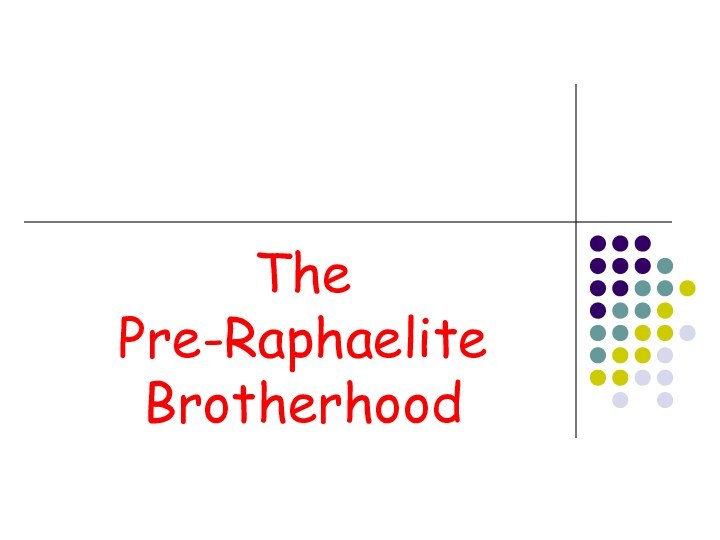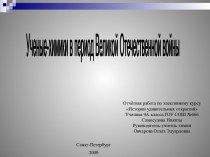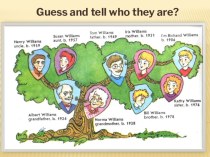- Главная
- Разное
- Бизнес и предпринимательство
- Образование
- Развлечения
- Государство
- Спорт
- Графика
- Культурология
- Еда и кулинария
- Лингвистика
- Религиоведение
- Черчение
- Физкультура
- ИЗО
- Психология
- Социология
- Английский язык
- Астрономия
- Алгебра
- Биология
- География
- Геометрия
- Детские презентации
- Информатика
- История
- Литература
- Маркетинг
- Математика
- Медицина
- Менеджмент
- Музыка
- МХК
- Немецкий язык
- ОБЖ
- Обществознание
- Окружающий мир
- Педагогика
- Русский язык
- Технология
- Физика
- Философия
- Химия
- Шаблоны, картинки для презентаций
- Экология
- Экономика
- Юриспруденция
Что такое findslide.org?
FindSlide.org - это сайт презентаций, докладов, шаблонов в формате PowerPoint.
Обратная связь
Email: Нажмите что бы посмотреть
Презентация на тему The Pre-Raphaelite Brotherhood
Содержание
- 2. The Pre-Raphaelite Brotherhood (also known
- 3. Nature of the movementIn art it refers
- 4. The Pre-Raphaelite Brotherhood William Holman Hunt, b. 1827Dante
- 5. Where does the name come from?The Pre-Raphaelites
- 6. The Brotherhood's early doctrines were expressed in
- 7. These principles are deliberately non-dogmatic, since
- 8. Pre-Raphaelite BrotherhoodCombination of realistic and fleshly (even
- 9. The Pre-RaphaelitesDeveloped out of Romantic MovementA call
- 10. Pre-Raphaelite poetry’s features -Emphasis on beautiful, sensuous
- 11. Dante Gabriel Rossetti
- 12. My own belief is that
- 13. A Little bit about the authorDante Gabriel
- 14. Rossetti's personal life was closely
- 15. Rossetti's poetry was characterised by
- 16. Dante Rossetti’s PoetryLonging to return to world
- 17. His sonnet sequence «The House
- 18. One poem, "Nuptial Sleep", described
- 19. Rossetti described the sonnet form
- 20. Скачать презентацию
- 21. Похожие презентации
The Pre-Raphaelite Brotherhood (also known as the Pre-Raphaelites) was a group of English painters, poets, and critics, founded in 1848 by William Holman Hunt, John Everett Millais and Dante Gabriel Rossetti.




















Слайд 3
Nature of the movement
In art it refers to
the Pre-Raphaelite Brotherhood, a group of avant-garde painters
(associated
with the art critic John Ruskin).In literature it describes the poets who had some connections with these artists and whose work shares some of the characteristics of Pre-Raphaelite art.
Слайд 4
The Pre-Raphaelite Brotherhood
William Holman Hunt, b. 1827
Dante Gabriel
Rossetti, b. 1828
John Everett Millais, b. 1829
William Michael Rossetti,
b. 1829Other members: James Collinson, Thomas Woolner, Fredric George Stephens
Слайд 5
Where does the name come from?
The Pre-Raphaelites thought
Raphael had produced technically perfect religious pictures, but with
little spiritual feeling.On the contrary, they admired the art and painters before Raphael.
Слайд 6 The Brotherhood's early doctrines were expressed in four
declarations:
to have genuine ideas to express
to study Nature
attentively, so as to know how to express them to sympathise with what is direct and serious and heartfelt in previous art, to the exclusion of what is conventional and self-parodying and learned by rote
most indispensable of all, to produce thoroughly good pictures and statues
Слайд 7 These principles are deliberately non-dogmatic, since the
Brotherhood wished to emphasise the personal responsibility of individual
artists to determine their own ideas and methods of depiction. Influenced by Romanticism, they thought that freedom and responsibility were inseparable.
Слайд 8
Pre-Raphaelite Brotherhood
Combination of realistic and fleshly (even ugly)
details and religious subjects, which scandalized critics
Interest in studying
nature rather than following established rules of compositionInspiration from medieval sources (King Arthur)
Bright colors
Protest against academic painting (e.g., that of Sir Joshua Reynolds), with its rules about contrast and form.
Слайд 9
The Pre-Raphaelites
Developed out of Romantic Movement
A call for
a fresh vision, a challenge to orthodoxies
Truth was not
a given fact but something relative to the individual mindAim to go back to a more genuine art, rooted in realism and truth to nature
Bright paintings on a white background
Attention to detail and color
Subjects from medieval tales, poetry, and religion
Слайд 10
Pre-Raphaelite poetry’s features
-Emphasis on beautiful, sensuous details
-Symbolic meaning associated with common objects or situations
-Feelings
of nostalgia for a dream-like Medioeval world -Use of melodious language
Слайд 12 My own belief is that I
am a poet (within the limit of my powers)
primarily and that it is my poetic tendencies that chiefly give value to my pictures: only painting being – what poetry is not – a livelihood – I have put my poetry chiefly in that form. On the other hand, the bread-and-cheese question has led a good deal of my painting being pot-boiling and no more – whereas my verse, being unprofitable, has remained (as much as I have found time for) unprostituted. (Lettera di D.G.Rossetti a T.G.Hake, 21 aprile 1870)
Слайд 13
A Little bit about the author
Dante Gabriel Rossetti
was born in 1828 and died in 1882.
He was
also an illustrator, painter and translator.Rossetti’s personal life was closely linked to his work
He followed the Aesthetic movement. Aesthetics studies new ways of seeing and perceiving the world
Слайд 14 Rossetti's personal life was closely linked
to his work, especially his relationships with his models
and muses:Fanny Cornforth
Elizabeth Siddal
Jane Morris
Слайд 15 Rossetti's poetry was characterised by its
sensuality and its medieval revivalism. His early poetry was
influenced by John Keats. His later poetry was characterised by the complex interlinking of thought and feeling, especially in his sonnet sequence The House of Life
Слайд 16
Dante Rossetti’s Poetry
Longing to return to world of
medieval Christendom
Combination of Anglican piety and Italian impetuosity
Attention to
detailSister arts of painting and poetry





























